When the real estate market has fewer homes available, obviously sales will suffer. Over this past summer, we’ve seen just how significantly low inventory can affect the market and now, data from the National Association of Realtors reveals the numbers behind the trend.
According to the National Association of Realtors’ Pending Home Sales report, there is a glaringly obvious issue: Lack of inventory available for purchase.
The Pending Home Sales Index, a forward-looking indicator based on contract signings, retreated 2.6 percent to 106.3 in August from 109.1 in July. The index is now at its lowest reading since January 2016 (106.1), is 2.6 percent below a year ago, and has fallen on an annual basis in four of the past five months.
Lawrence Yun, NAR chief economist, says the summer of 2017’s terribly low supply levels have officially drained all of the housing market’s momentum.
“August was another month of declining contract activity because of the one-two punch of limited listings and home prices rising far above incomes,” he said. “Demand continues to overwhelm supply in most of the country, and as a result, many would-be buyers from earlier in the year are still in the market for a home, while others have perhaps decided to temporarily postpone their search.”
Without much relief expected from the housing shortages that continue to challenge markets across the country, Yun believes the overall home buying market has stalled. Further complicating any sales improvement in the months ahead is the fact that Hurricane Harvey’s damage to the Houston area contributed to the South’s decline in contract signings in August, and will likely continue to do so in the months ahead. In addition, the temporary pause in activity in Florida this month in the wake of Hurricane Irma will slow overall sales even more in the South.
Yun now forecasts existing-home sales to close out the year at around 5.44 million, which comes in slightly below (0.2 percent) the pace set in 2016 (5.45 million). The national median existing-home price this year is expected to increase around 6 percent. Last year, existing-home sales increased 3.8 percent and prices rose 5.1 percent.
“The supply and affordability headwinds would have likely held sales growth just a tad above last year, but coupled with the temporary effects from Hurricanes Harvey and Irma, sales in 2017 now appear will fall slightly below last year,” said Yun. “The good news is that nearly all of the missed closings for the remainder of the year will likely show up in 2018, with existing sales forecast to rise 6.9 percent.”
The PHSI in the Northeast fell 4.4 percent to 93.4 in August and is now 4.1 percent below a year ago. In the Midwest the index decreased 1.5 percent to 101.8 in August and is now 3.2 percent lower than August 2016.
Pending home sales in the South fell back 3.5 percent to an index of 118.8 in August and are now 1.7 percent below last August. The index in the West declined 1.0 percent in August to 101.3 and is 2.4 percent below a year ago.




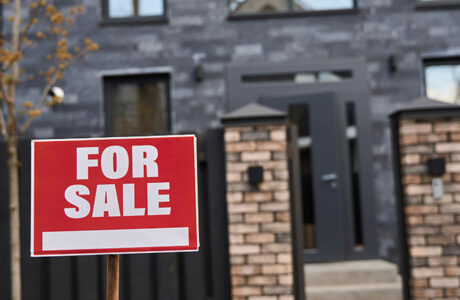




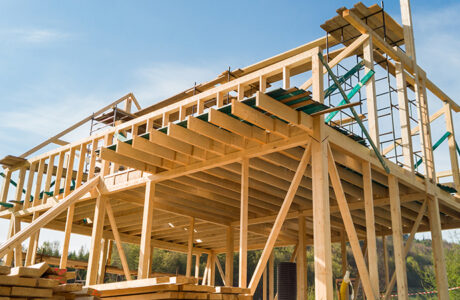







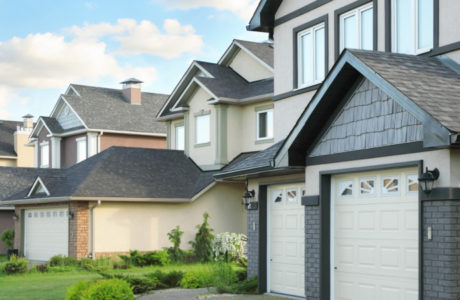
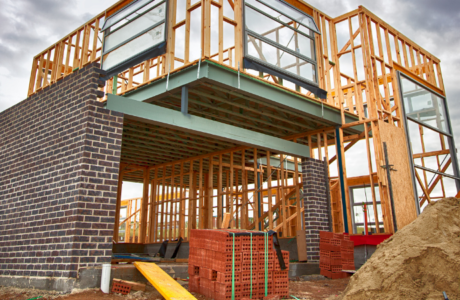
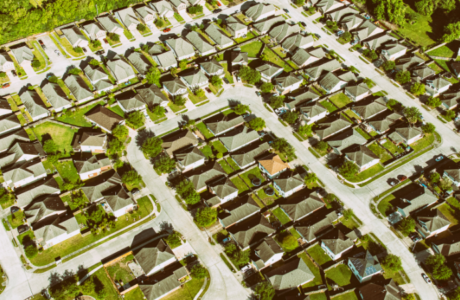




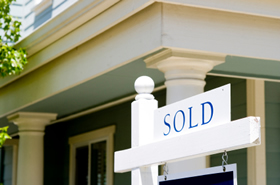



Comments are closed.